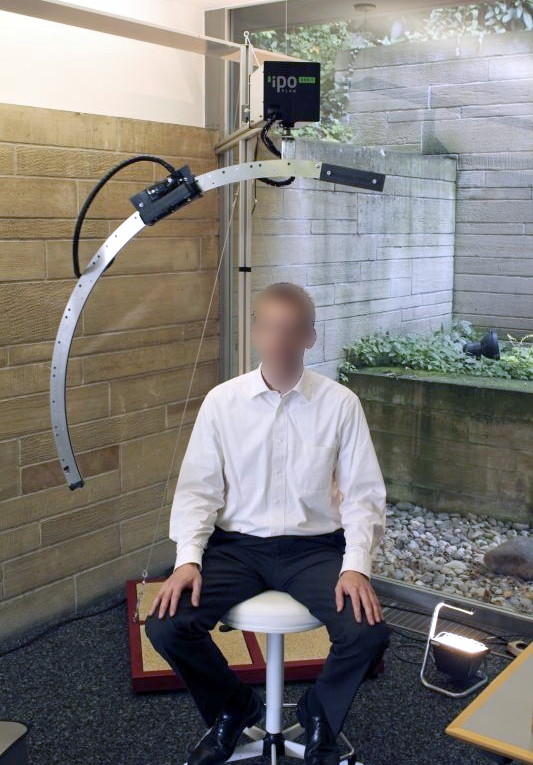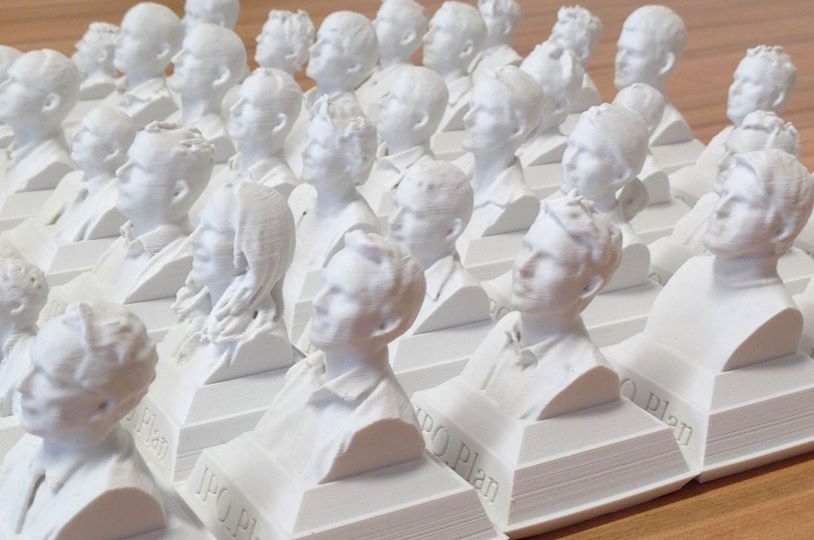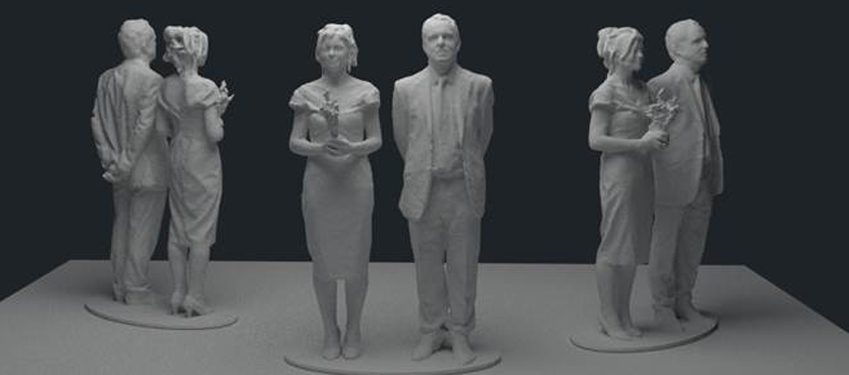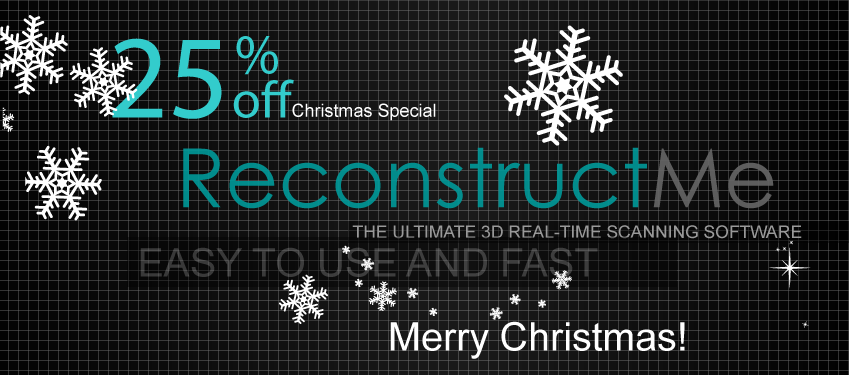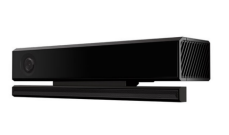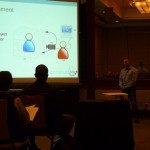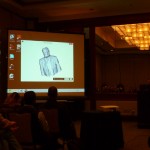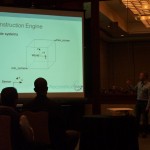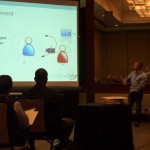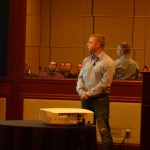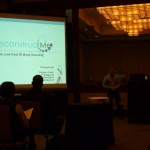by Francois Chasseur
Who would have thought that 3D scanning and printing could have a therapeutic effect? We recently discovered that quality per inadvertence.
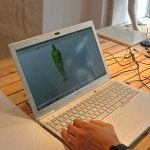 It’s difficult to see our body changing, because we see it every day in the mirror. Even if the loss or gain of weight is great, it remains tricky to actually see it. Photos are often unrealistic due to light, exposure, camera, how you are posing.But you can’t lie to a 3D camera. For his huge weight loss, Sebastien called the services of VOUSen3D to make 3D-models of himself, which we achieved by building full body scans, using ReconstructMe.
It’s difficult to see our body changing, because we see it every day in the mirror. Even if the loss or gain of weight is great, it remains tricky to actually see it. Photos are often unrealistic due to light, exposure, camera, how you are posing.But you can’t lie to a 3D camera. For his huge weight loss, Sebastien called the services of VOUSen3D to make 3D-models of himself, which we achieved by building full body scans, using ReconstructMe.
In July 2013, Seb had a bariatric surgery (gastric bypass) and wanted to keep a more explicit memory than photos of his ‘rebirth’ as he says, his ‘refurbishing’, his new life. We met with him one week before his surgery, and every month since. After each scan he prints his new figurine out. You can’t ignore the evolution when they’re all standing in a row. These figurines are helping Sebastien a lot in his ‘psychologic’ healing: he can touch and see his progressive departure from obesity. He really knows where he’s coming from, where he’s going. When he’s looking at himself in the mirror, he doesn’t see an obese man anymore. He sees a healthier, more attractive man, with great self-esteem – which he is!
We wish you much courage Seb, congrats on the 50 lost Kg – only 30 more to go ;-) Enjoy your new life!

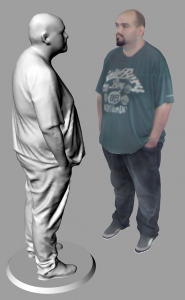


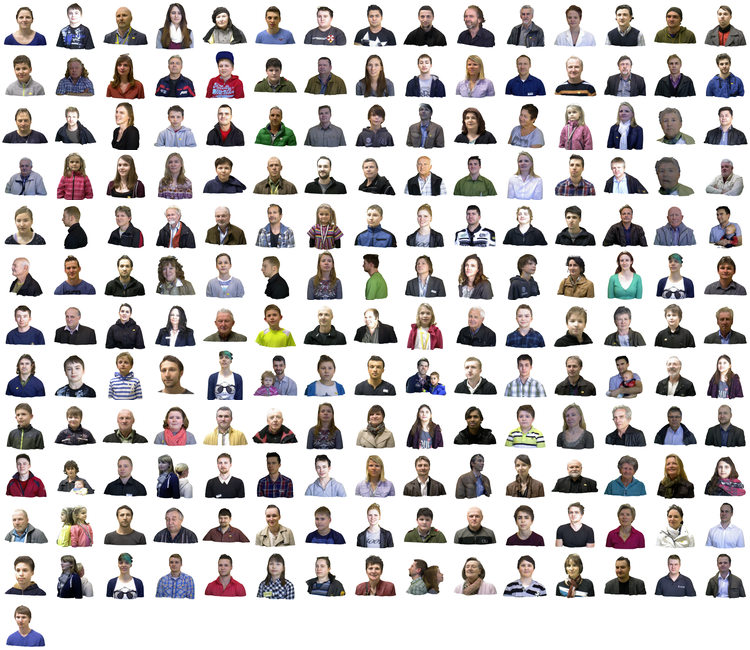
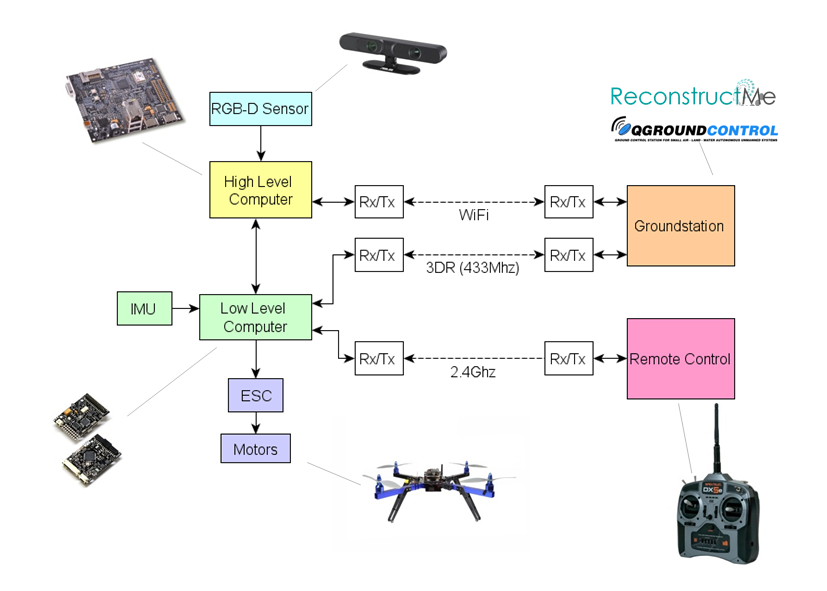
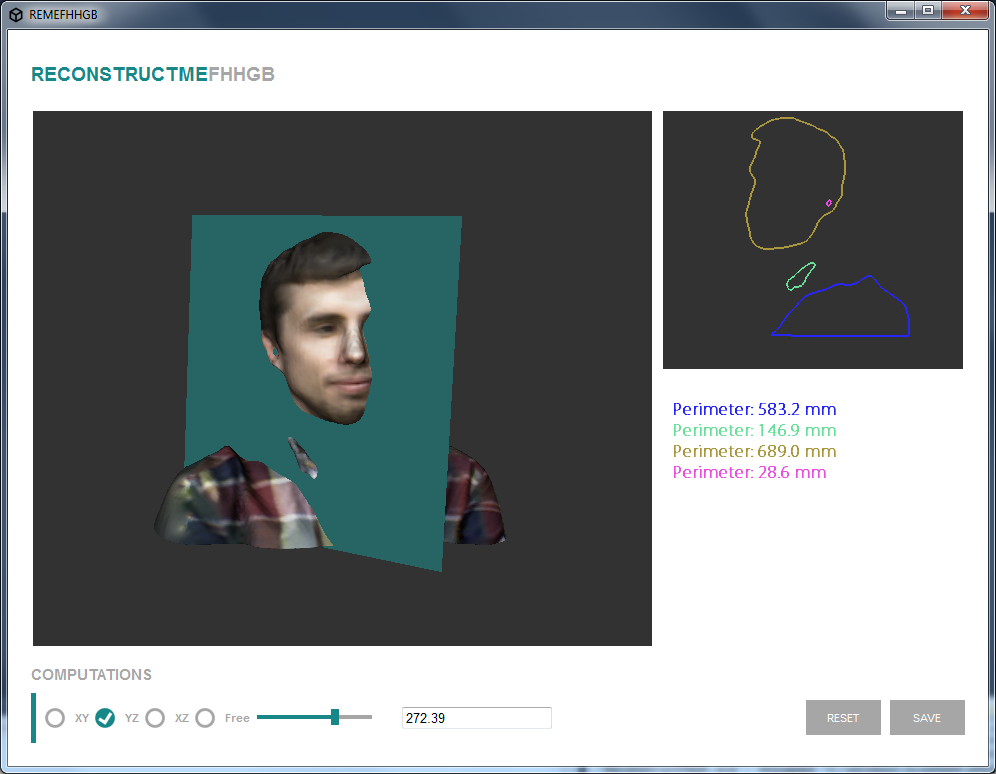

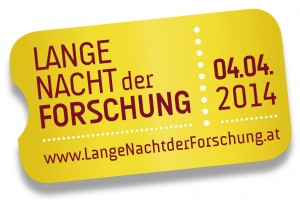 The ReconstructMe team will once again
The ReconstructMe team will once again 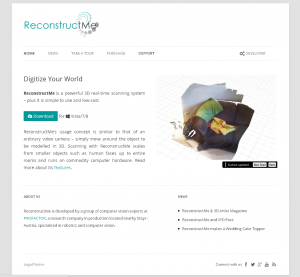 As you may have noticed we’ve reworked our homepage. We’ve re-organized most of its content in a hopefully clean and easy to read form.
As you may have noticed we’ve reworked our homepage. We’ve re-organized most of its content in a hopefully clean and easy to read form.
